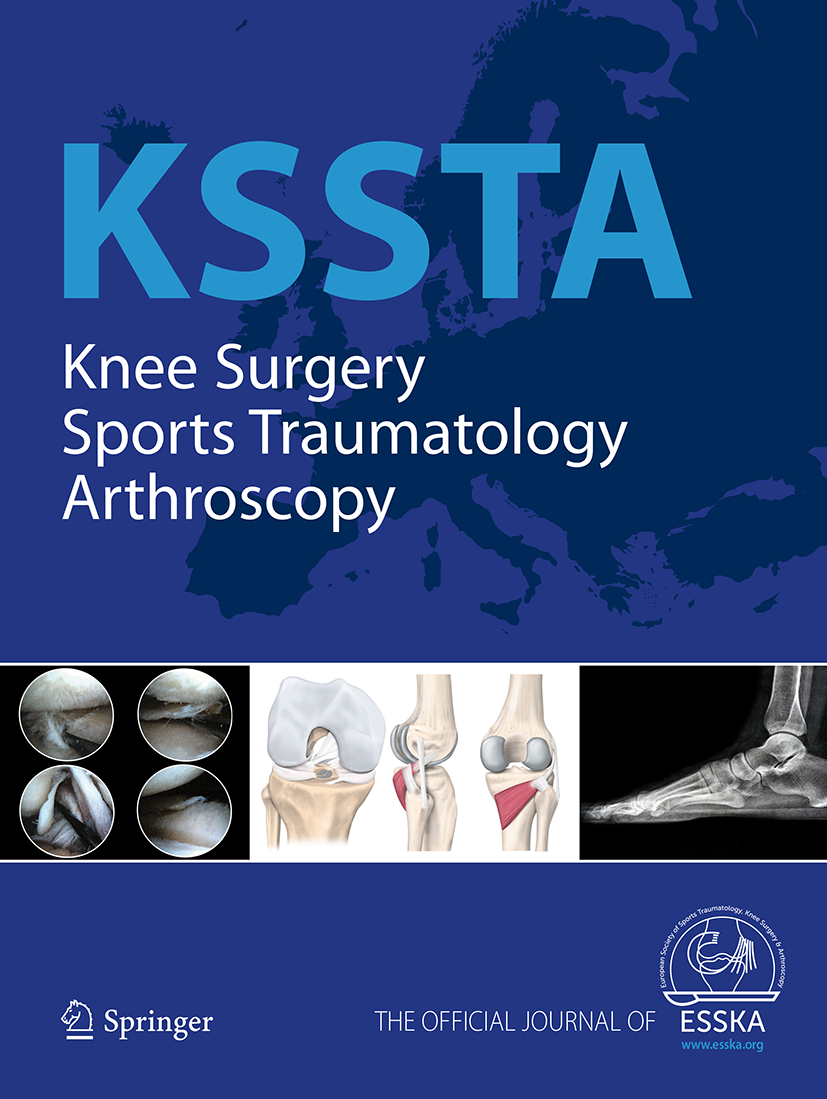
Double-bundle hamstring autograft superior to bone-patellar tendon-bone autograft in ACLR

Double-bundle hamstring autograft superior to bone-patellar tendon-bone autograft in ACLR
Single-bundle patellar tendon versus non-anatomical double-bundle hamstrings ACL reconstruction: a prospective randomized study at 8-year minimum follow-up
Knee Surg Sports Traumatol Arthrosc. 2011 Mar;19(3):390-7. doi: 10.1007/s00167-010-1225-y. Epub 2010 Jul 29Did you know you're eligible to earn 0.5 CME credits for reading this report? Click Here
Synopsis
90 patients (79 at follow-up) with a unilateral anterior cruciate ligament (ACL) rupture were randomized to undergo ACL reconstruction using either the non-anatomical double-bundle hamstring autograft technique (naDBH) or the lateralized bone-patellar tendon-bone autograft (LBPTB) technique. At a minimum follow-up of 8 years, the naDBH group yielded significantly better pivot-shift test scores and...
To view the full content, login to your account,
or start your 30-day FREE Trial today.
FREE TRIAL
LOGIN
Forgot Password?
Explore some of our unlocked ACE Reports below!

Learn about our AI Driven
High Impact Search Feature
Our AI driven High Impact metric calculates the impact an article will have by considering both the publishing journal and the content of the article itself. Built using the latest advances in natural language processing, OE High Impact predicts an article’s future number of citations better than impact factor alone.
Continue



 LOGIN
LOGIN

Join the Conversation
Please Login or Join to leave comments.